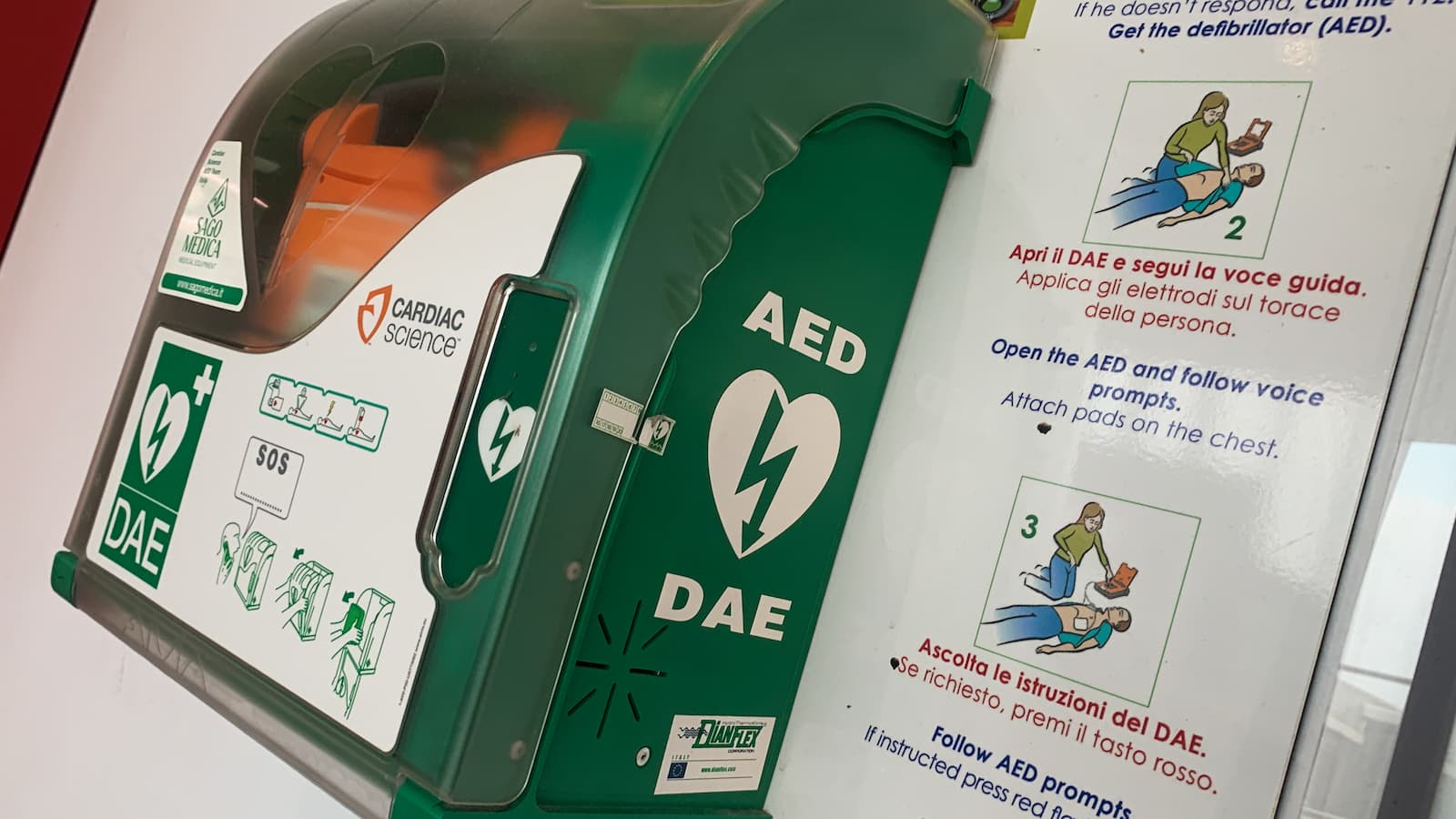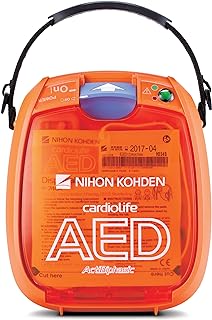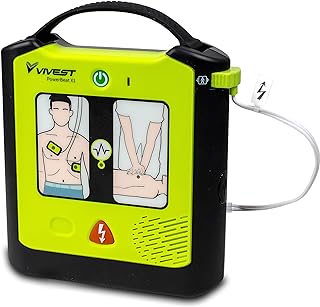Defibrillators should be in all new homes, say MPs
The group of MPs has published a fresh report highlighting the rise in cases of cardiac arrests and the need for defibrillators in homes

A group of MPs has called for the mandatory installation of defibrillators in all new homes following a sharp rise in cases of cardiac arrests.
Out-of-hospital cardiac arrests (OHCA) affected over 100,000 people in the UK in the last year, prompting calls to install defibrillators in homes with most of these cases occurring inside homes in a landmark report.
We look at what proposals are being put forward to change building regulations as well as how you can install a defibrillator in your home.
What are the recommendations for defibrillators?
The All-Party Parliamentary Group (APPG) for Defibrillators has put forward several recommendations to the government following an inquiry into the current policy and wider landscape surrounding defibrillator access in the UK.
Among these is the proposal for a mandate requiring defibrillators to be installed in every building, similar to the regulation for smoke alarms.
They suggest using legislative tools like the Building Safety Act to enforce this mandate, ensuring that all buildings or constructions frequently accessed by the public meet minimum accessibility standards for defibrillators.
Additionally, they urge consideration for mandating defibrillators in all new homes or launching campaigns to highlight the benefits of personal empowerment.
Get the Homebuilding & Renovating Newsletter
Bring your dream home to life with expert advice, how to guides and design inspiration. Sign up for our newsletter and get two free tickets to a Homebuilding & Renovating Show near you.
Why are these recommendations being put forward now?

Following a debate last May questions were raised as to why all new homes are required to have EV chargers by law but not defibrillators.
Jonathan Gullis who forms part of the APPG and is the MP for Stoke-on-Trent North asked the Secretary of State for Health and Social Care, Helen Whately, if she "will bring forward legislative proposals to mandate the location of defibrillators in all businesses and newly built homes."
Helen Whately responded: "The Government has no plans to bring forward legislative proposals to mandate the location of defibrillators in all businesses and newly built homes and the Department has made no assessment.
"The Government has agreed to provide funding of £1 million to design a grant scheme for the expansion of automated external defibrillators that expands the number and accessibility of publicly supported access to defibrillators. Applicants will be asked to demonstrate that defibrillators will be placed in areas where they are most needed, such as places with high footfall, longer emergency medical response times, vulnerable people or due to the nature of activity at the site."
However, in the latest report APPG report it was found the risk of death from out-of-hospital sudden cardiac arrests surpassed those from fires, and many of these incidents occurring at home, the APPG suggests following the precedent set for electric vehicle (EV) chargers in new constructions by mandating defibrillators.
What are the regulations for defibrillators in houses?
The Resuscitation Council state automated external defibrillators (AEDs) should possess CE marking, showing they meet European Union standards.
It is also recommended weekly checks should be made on these devices in homes to make sure pads and battery's conditions are maintained and that they are clearly accessible in case of emergency.
AED pads are single use and batteries last between 4-7 years but the device itself has a shelf life of around 10-15 years if kept in good condition.
How can you install a defibrillator?
Installing a defibrillator in your home can be a lifesaver, and installation is simpler than you think.
There are a range of home defibrillators that tend to be stored via a wall mount, which include simple instructions for how to operate in case of an emergency.
However, the APPG report specifically named CellAED as one of the innovative advancements in defibrillator technology due to its portability and accessibility at a cost of £396 for the defibrillator and an offer of £156 annual membership charge that replaces your device in case it is used in an emergency.

Fully automatic Automated External Defibrillator that includes a daily self-test, AED checks automatically its own condition including battery, pads and failure of circuit.

News Editor Joseph has previously written for Today’s Media and Chambers & Partners, focusing on news for conveyancers and industry professionals. Joseph has just started his own self build project, building his own home on his family’s farm with planning permission for a timber frame, three-bedroom house in a one-acre field. The foundation work has already begun and he hopes to have the home built in the next year. Prior to this he renovated his family's home as well as doing several DIY projects, including installing a shower, building sheds, and livestock fences and shelters for the farm’s animals. Outside of homebuilding, Joseph loves rugby and has written for Rugby World, the world’s largest rugby magazine.


